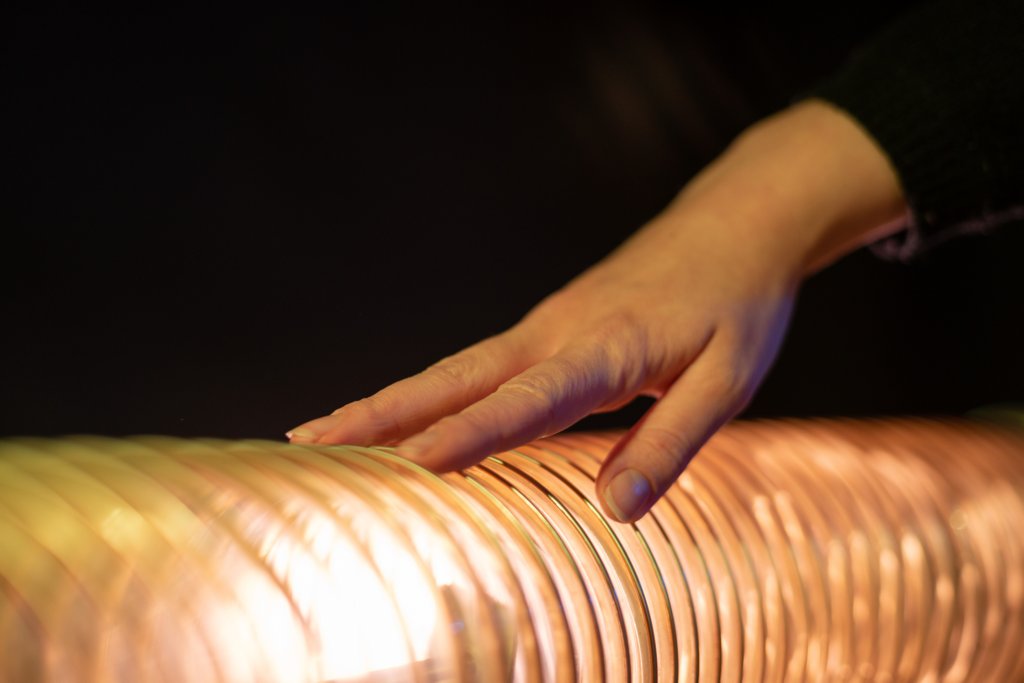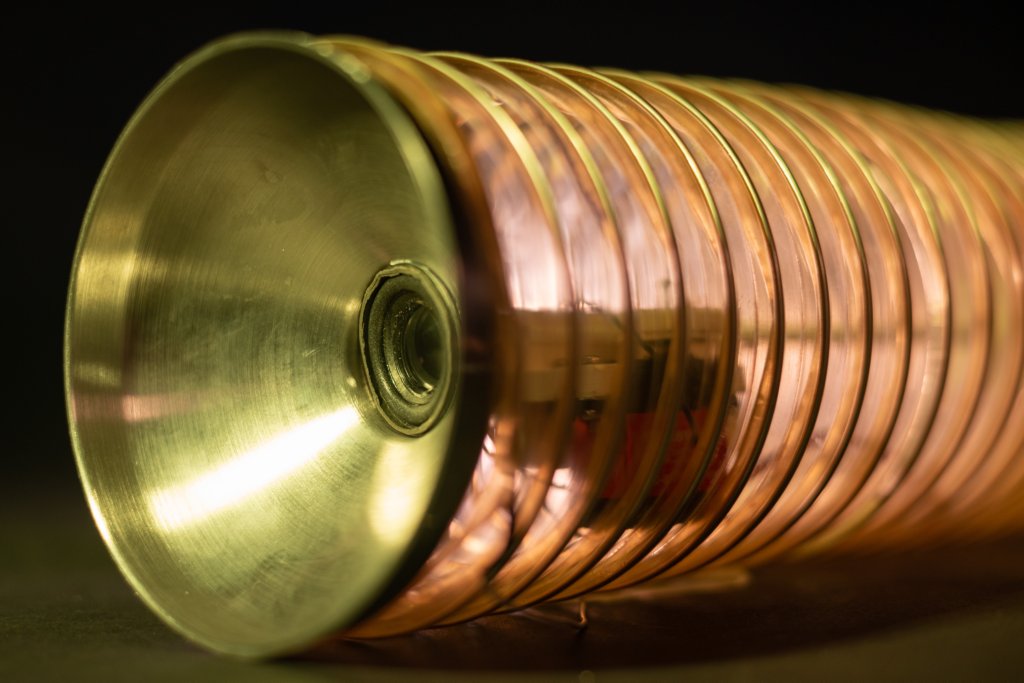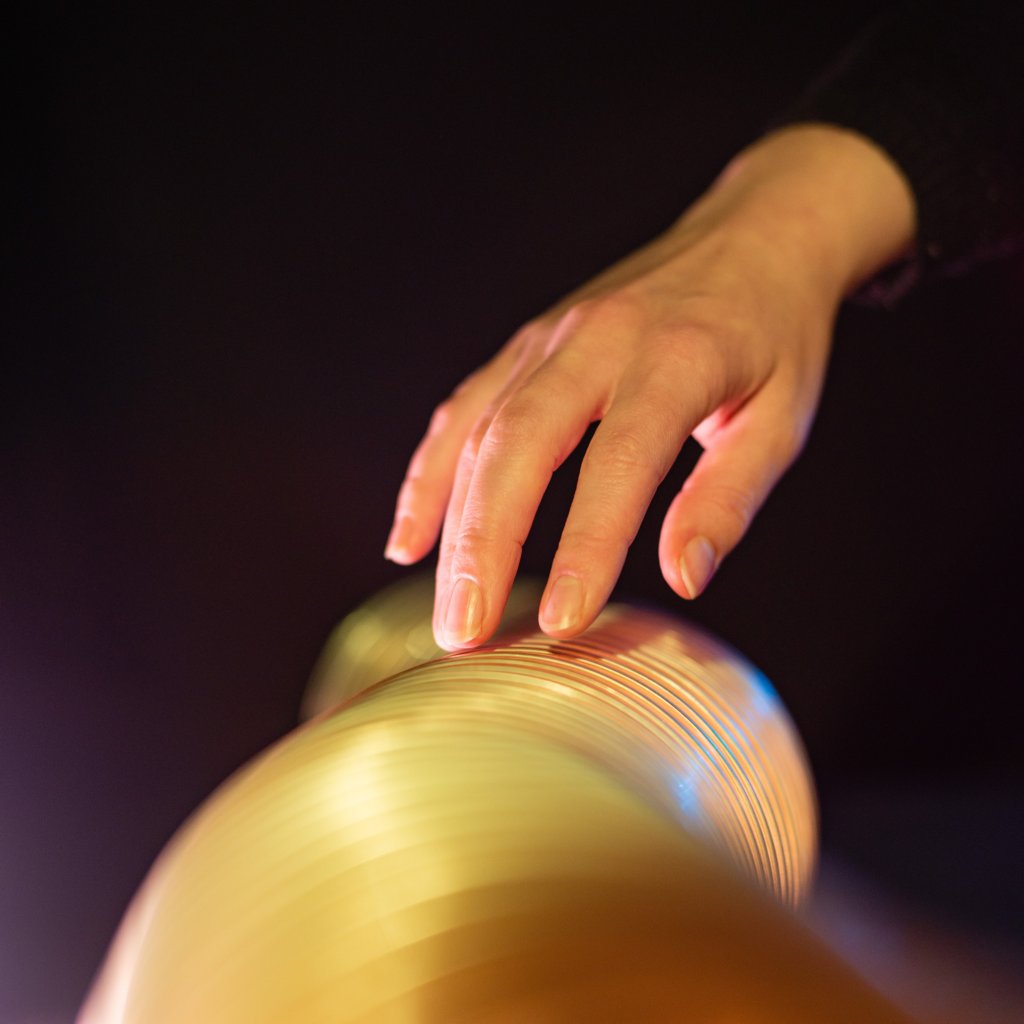With Merlett, we explore how industrial materials can evoke emotional connection when transformed into an interactive, shape-changing artifact. Typically rigid and utilitarian, vent tubes gain fragility and lifelike qualities through movement, sound, and touch. The project challenges conventional design approaches that prioritize utility, instead focusing on expressivity and ambiguity. By doing so, it raises questions about how humans relate to materials and machines, and how design can foster empathy in unexpected ways.
What happens when a material feels alive? Can design make you feel empathy for objects?
Direction & Editing : Marica De Michele
Director of Photography : Jurica Marković
Music : Ivna Jurković
Production Assistant : Clara Gustafsson
Merlett helps us to explore how we might feel emotions toward machines and materials not usually linked to care or empathy. Vent tubes, often seen as industrial and utilitarian, are reimagined as fragile, expressive forms. With this project, we question the boundaries between objects and living beings, asking how design can spark new kinds of relationships with technology. By shifting focus away from usefulness and toward expressivity, Merlett challenges expectations of what interactive artefacts can be, highlighting discomfort and ambiguity as meaningful parts of human–machine connection.
Merlett is a one-meter long vent tube, animated with servo motors, sensors, and sound. Through shape-changing movement, visual and audio, the object transforms from rigid material into something worm-like and strangely alive. Visitors can touch, caress, or interlock their fingers with it, triggering subtle reactions.
The design process followed a material-driven and research-through-design approach, focusing on experimenting with aluminium and plastic vent tubes. By layering haptic, visual, and auditory feedback, the project creates a fragile character that can seem to struggle or reach out for care. Rather than aiming for utility, the process embraced ambiguity, exploring how unfamiliar interactions can evoke empathy or discomfort. The result is an expressive artefact that blurs the line between object and companion, raising questions about how we design for connection.
Merlett contributes to ongoing discussions about designing interfaces that prioritize emotional expression over efficiency. By turning an industrial material into an uncanny, vulnerable creature, the project highlights how design can provoke reflection on our relationship with technology. Its impact lies in demonstrating how ambiguity and discomfort can be powerful tools for engagement, prompting visitors to question their instincts of care, empathy, or unease.
At the same time, a limitation is that the interaction remains open-ended and speculative; Merlett does not serve a practical function. Yet that is also its strength: it offers a playful, thought-provoking encounter with machines that feels unfamiliar, inviting designers and audiences alike to imagine new possibilities for emotional connection through material experience.





